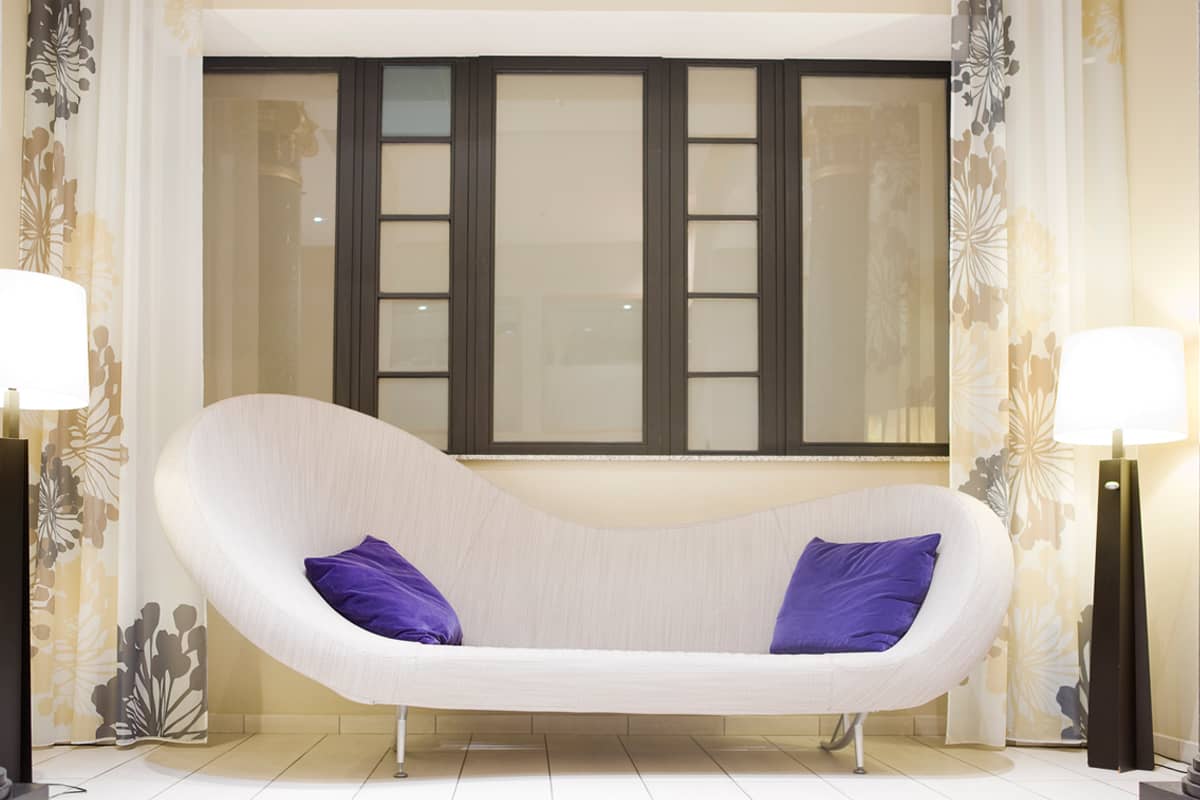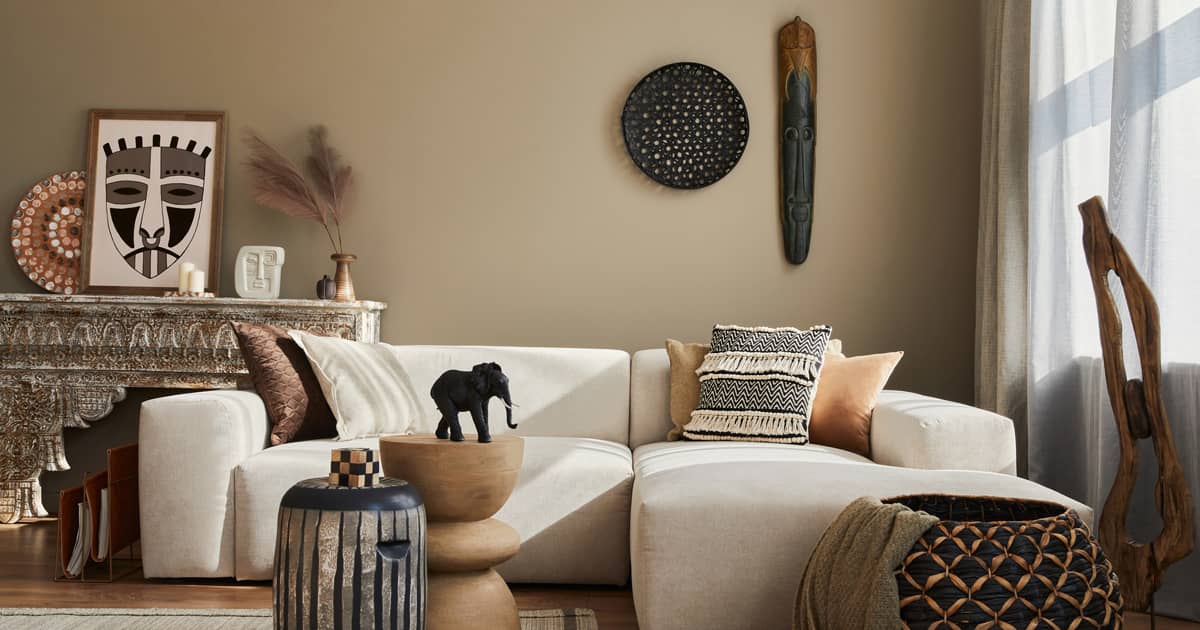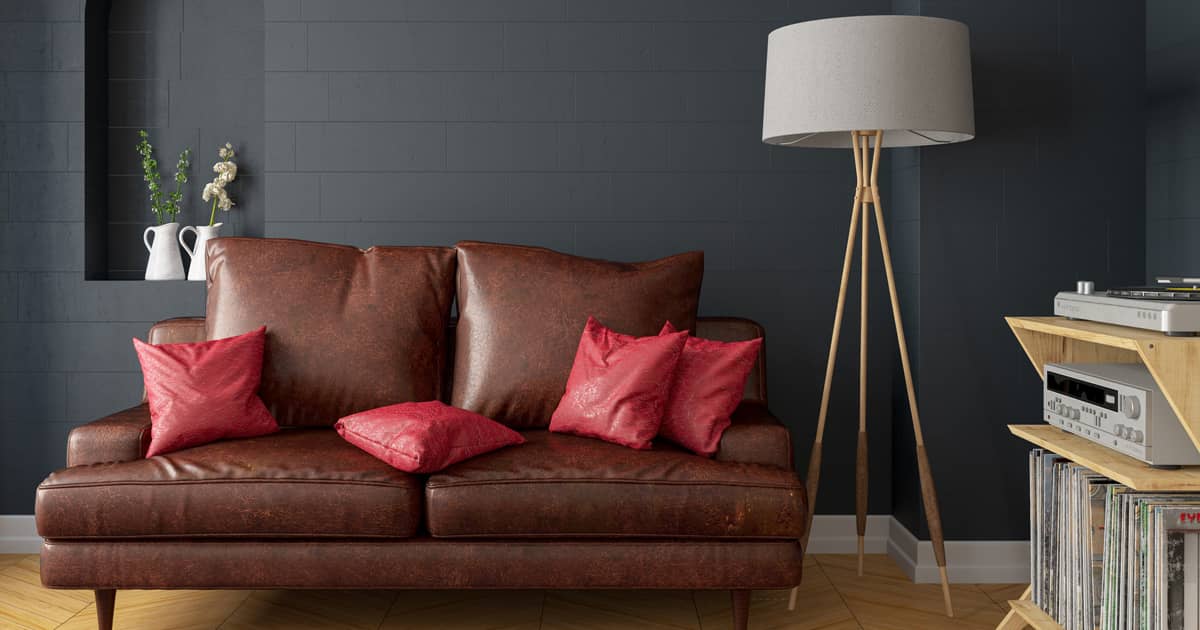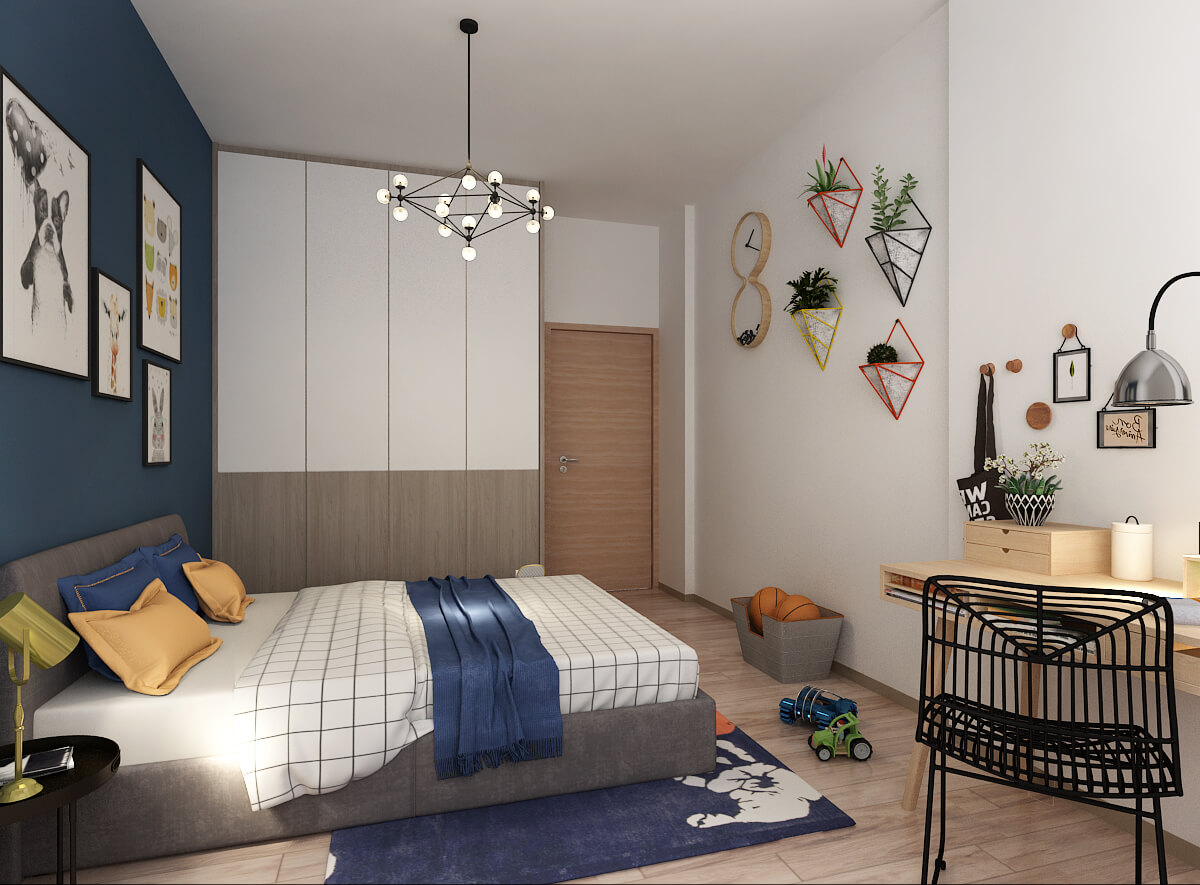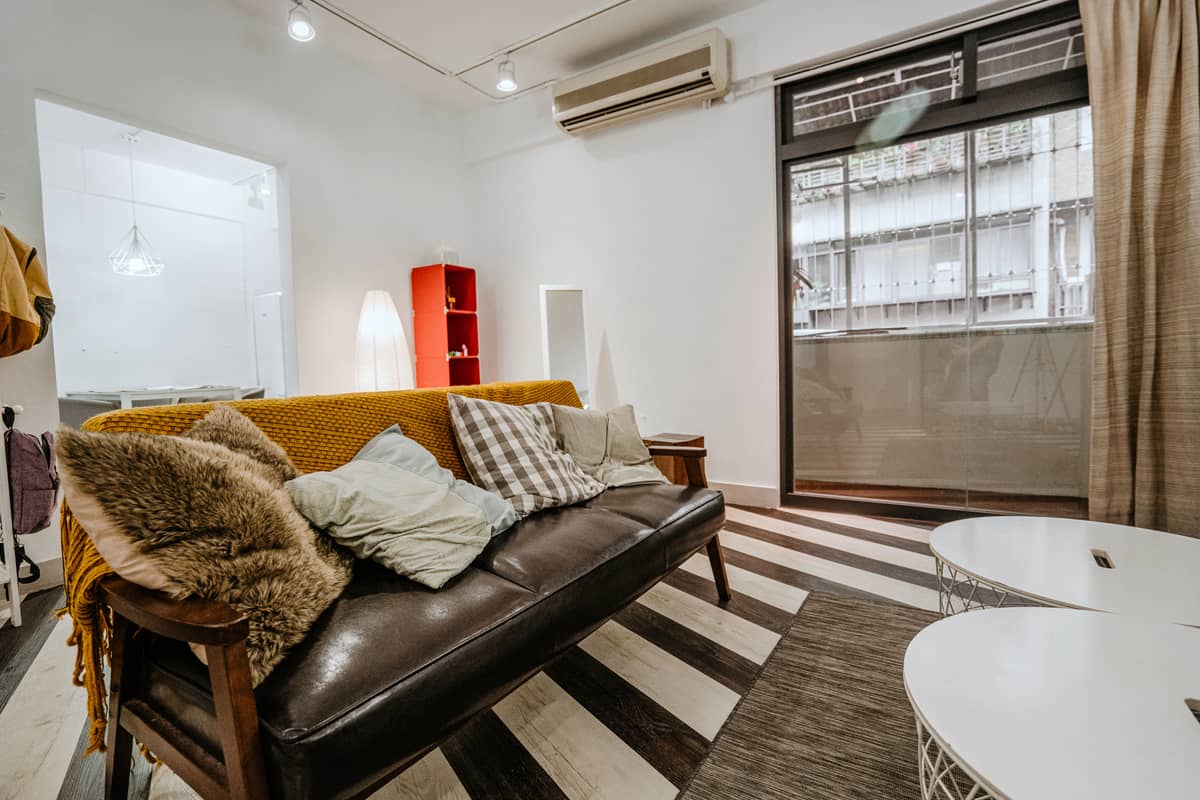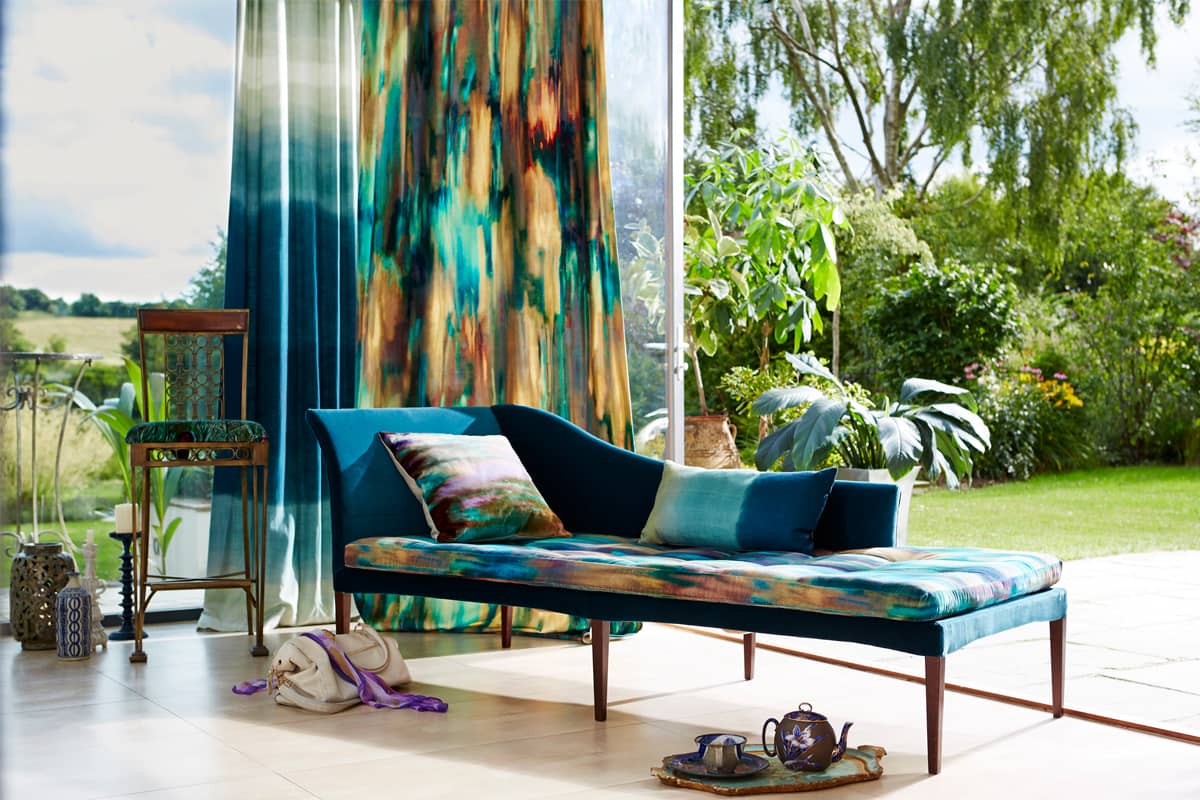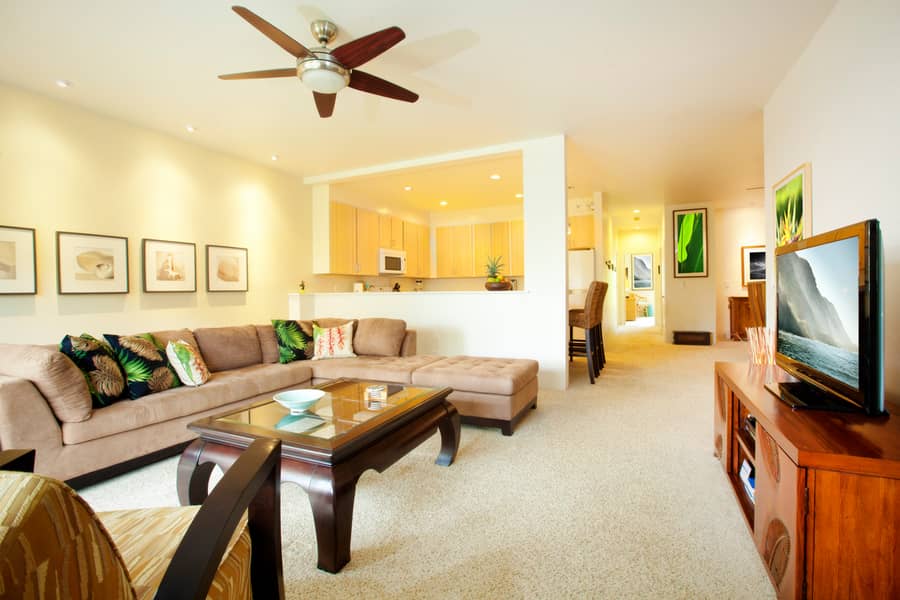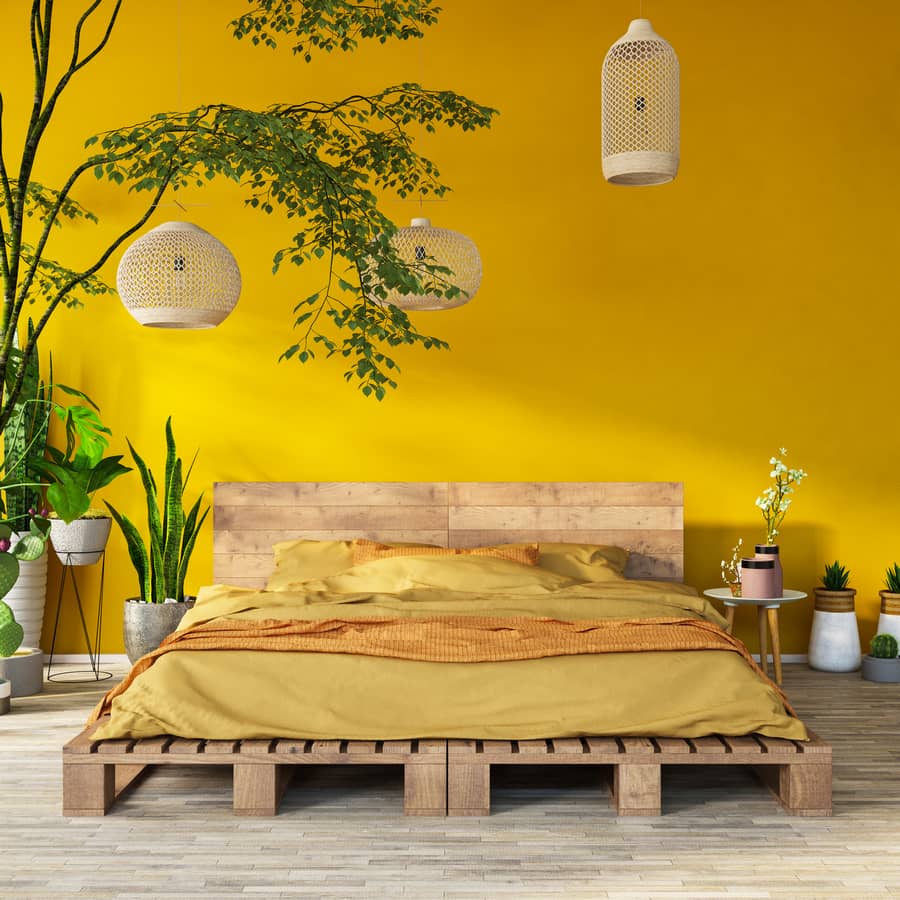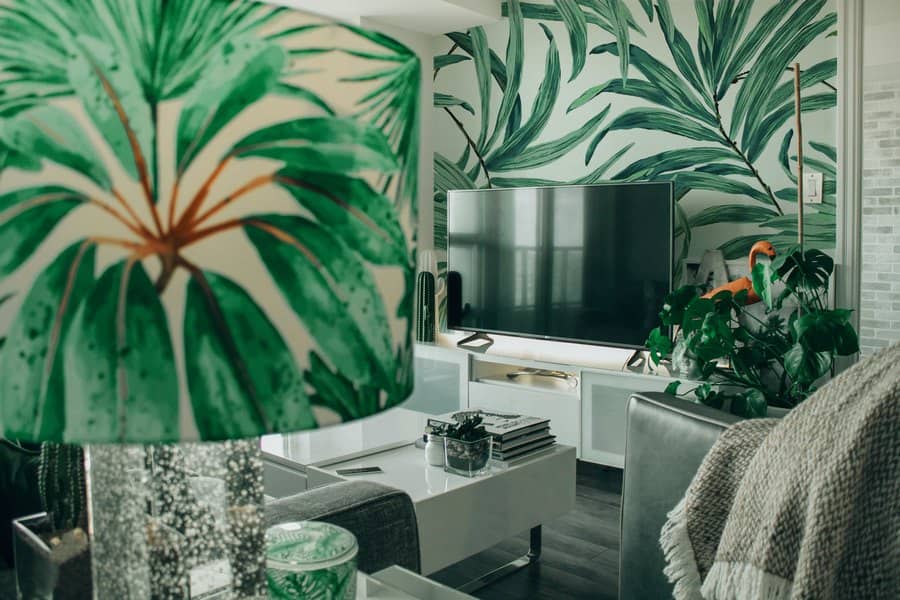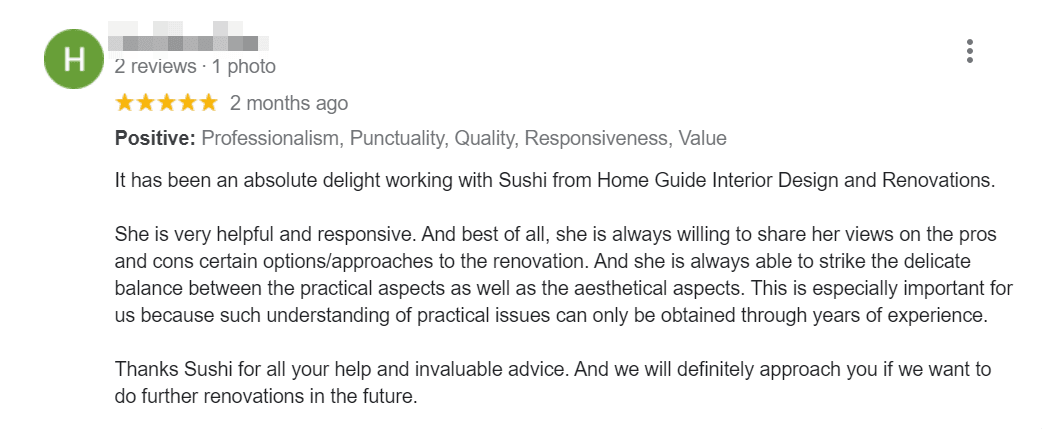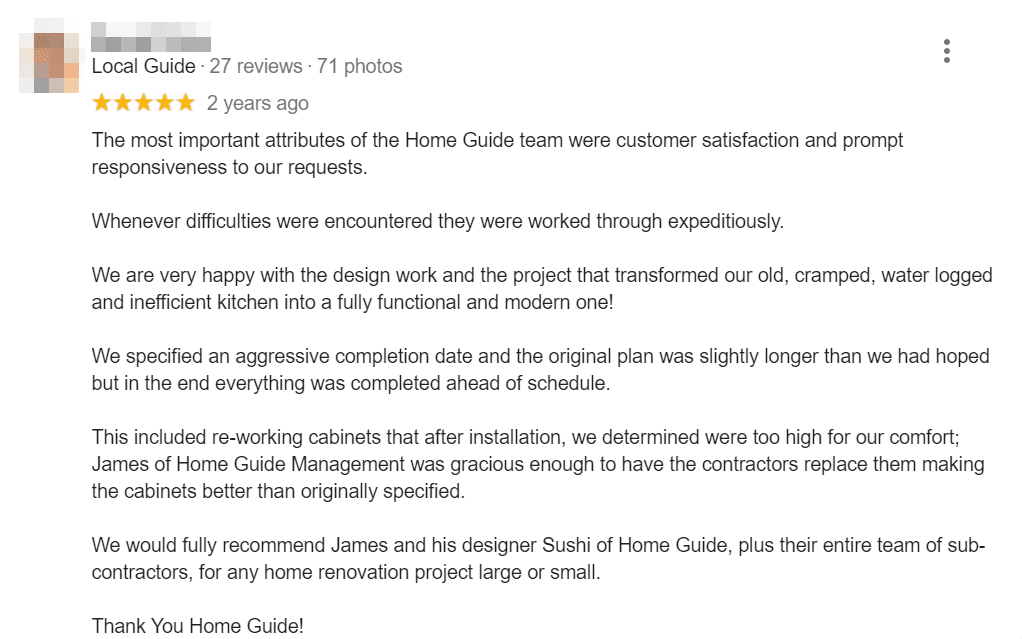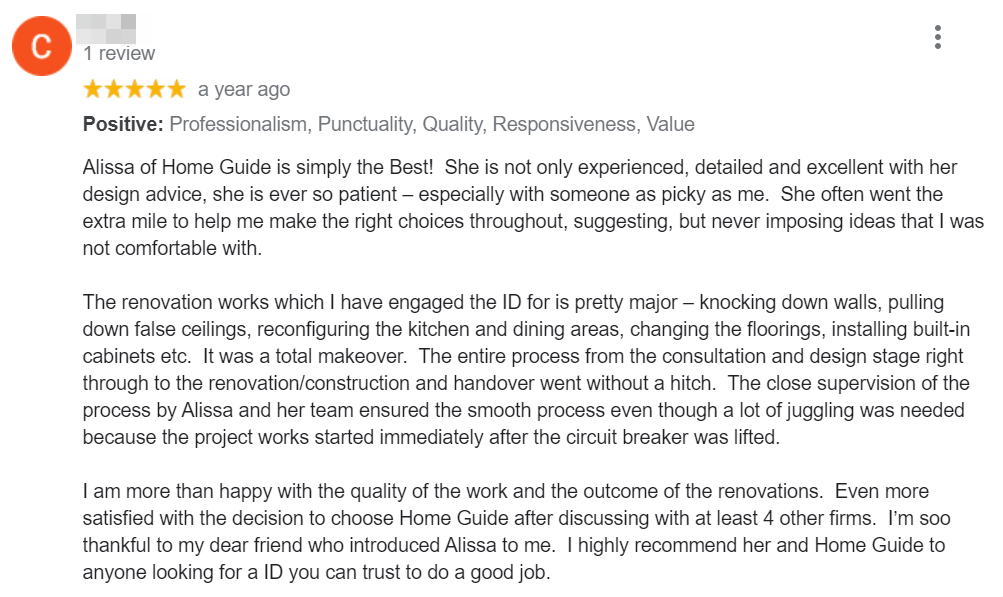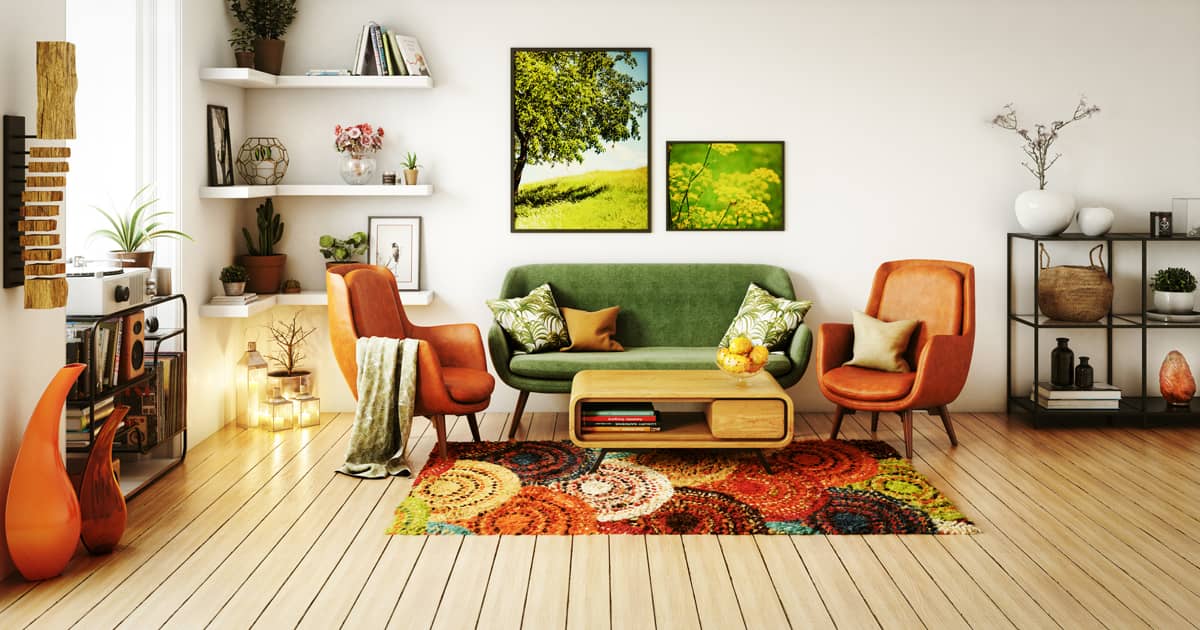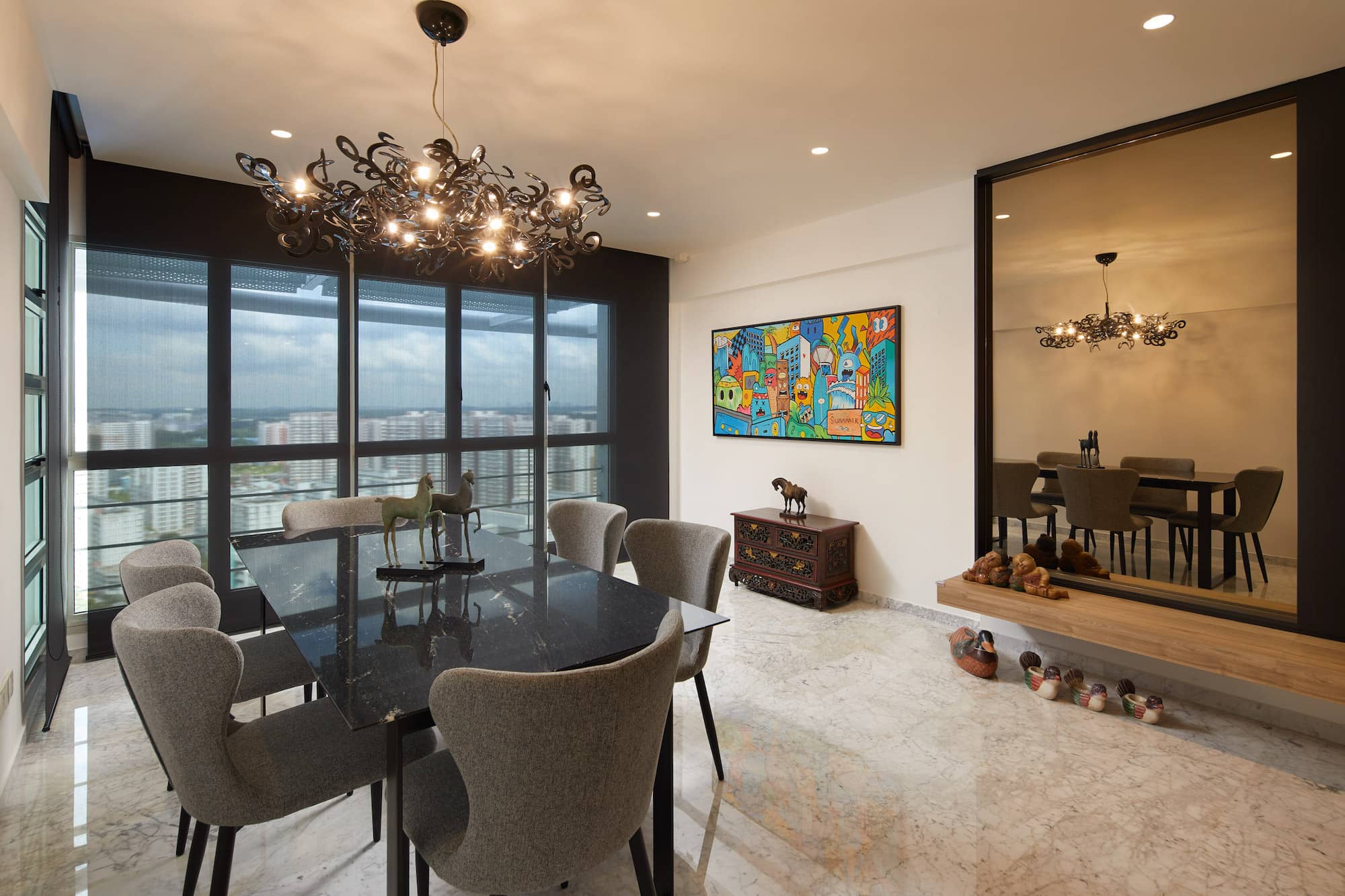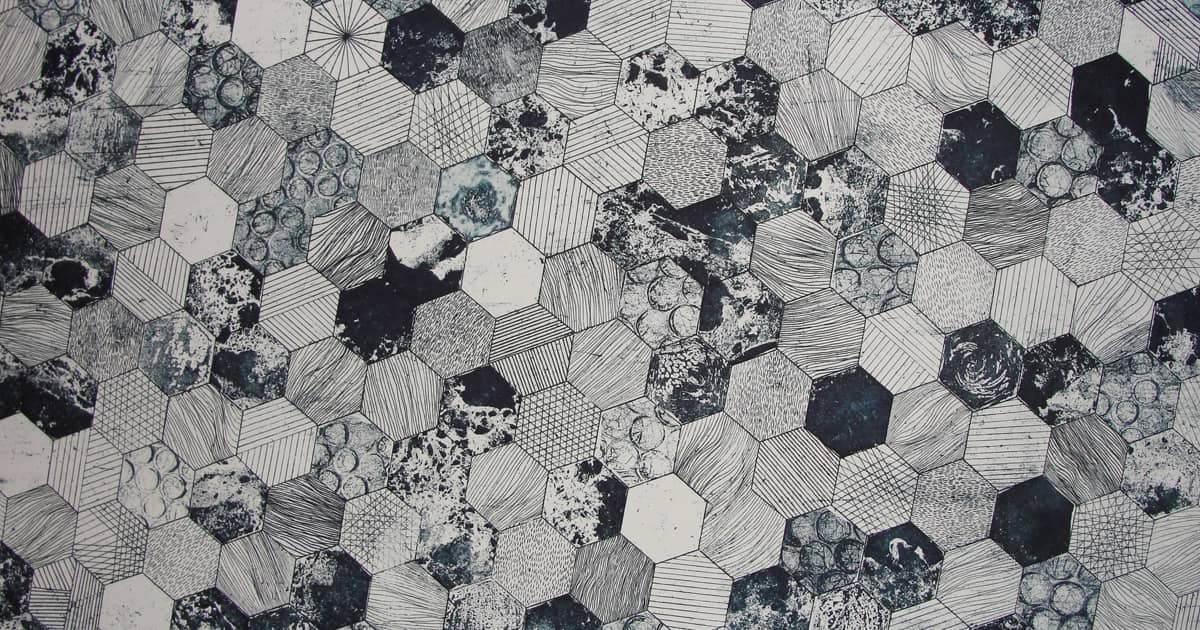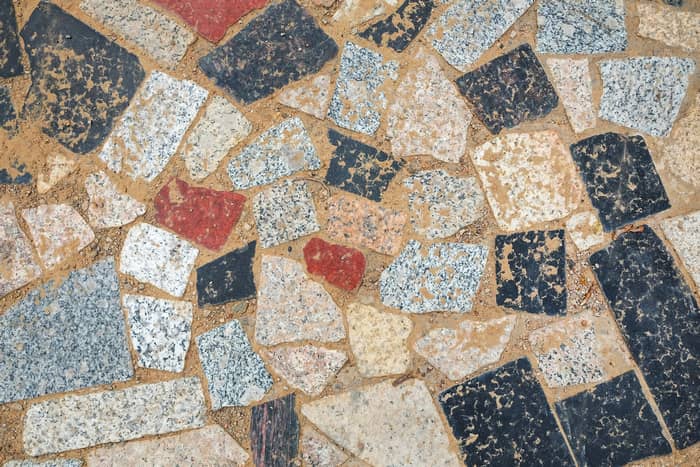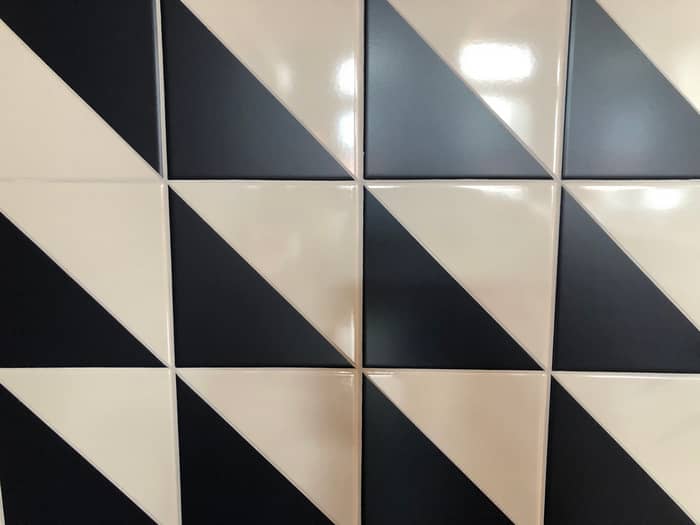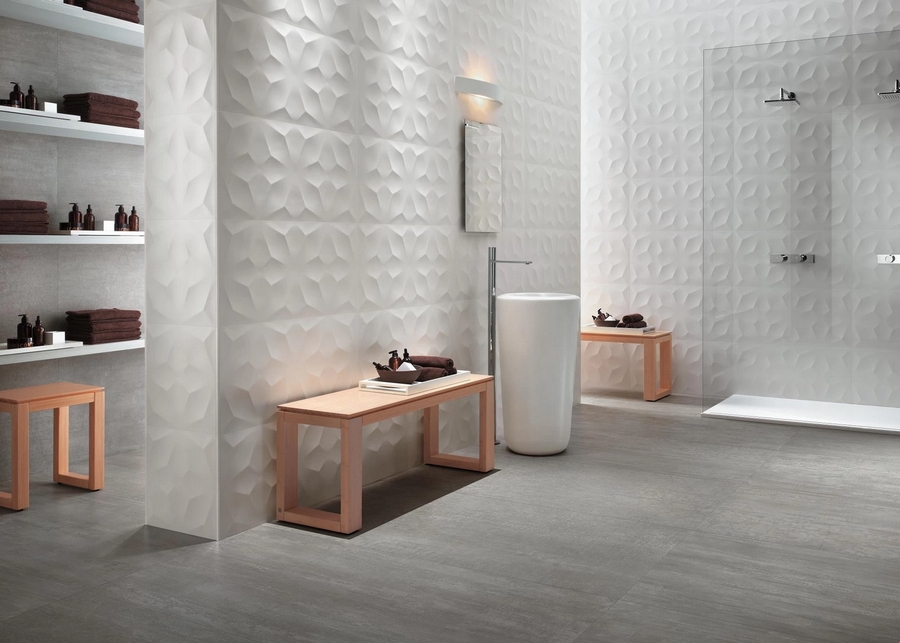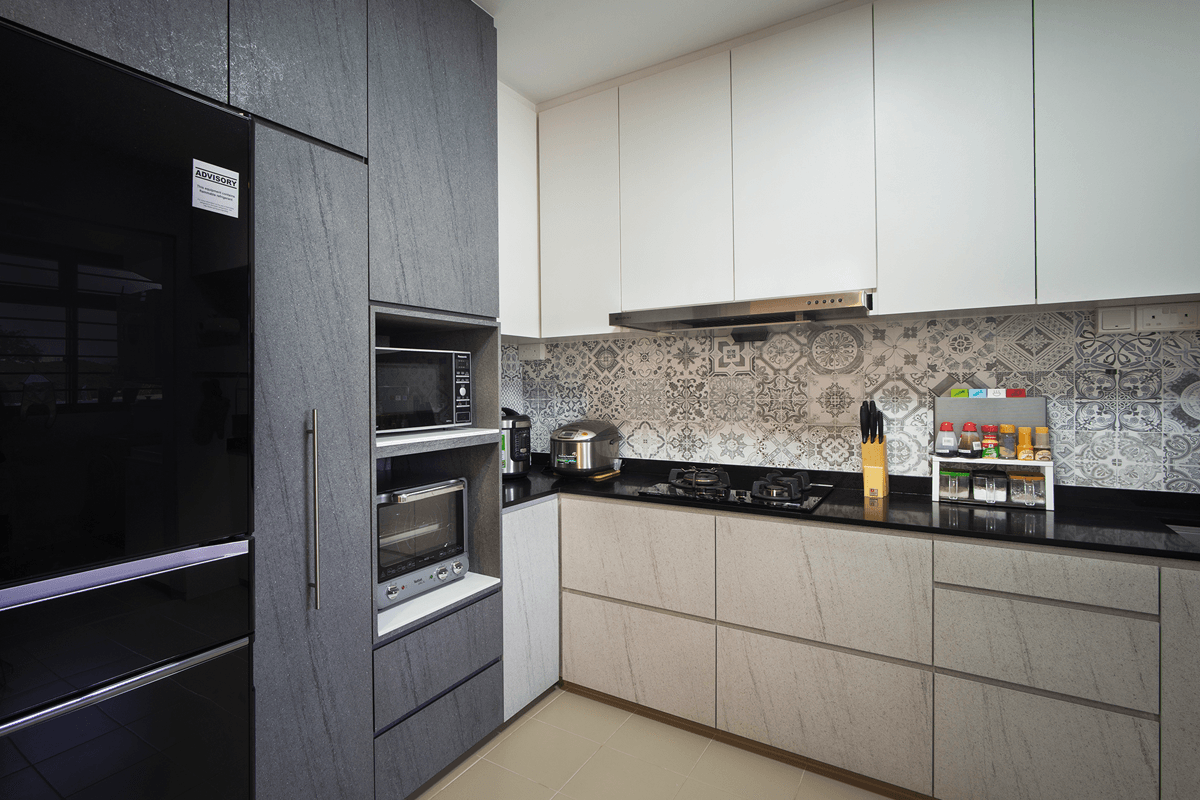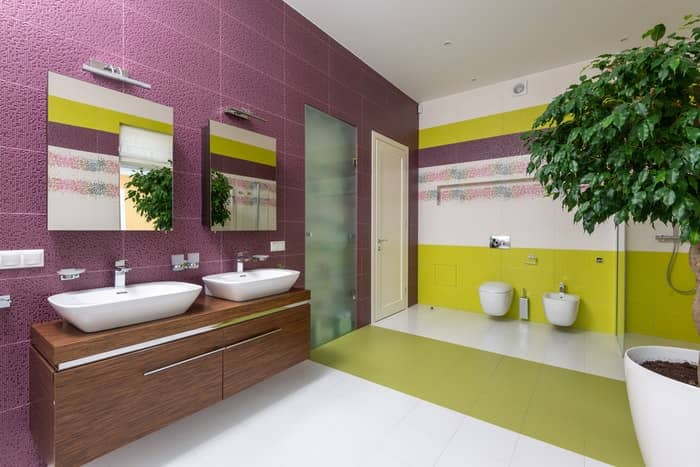Now that we’ve covered the essentials, let’s check out a few ways in which tactile textiles can be incorporated harmoniously in an interior design upgrade.
Mix Hard and Soft Fabrics to Create Tactile Contrasts
Contrast is wonderful and it can play a role in every aspect of interior design. Contrast works well when it comes to colours or a juxtaposition of styles (minimalist and bohemian elements working alongside each other for a truly eclectic home).
Mixing contrasting tactile fabrics will also work really well to make things a bit more intriguing and engaging.
Curtains, for example, can be crafted from a soft linen that features a faux leather trim at the bottom. Not only will these curtains look unique and unusual, they can also add a bit of continuity to the overall execution (if you have leather furniture in the home, the faux leather trim will tie in nicely with the larger pieces).
Make It Monochromatic
Having different fabrics all in the same colour will create a really cool effect, allowing the different textures to stand out.
Monochromatic home décor can be difficult to pull off because it may look a bit too matchy-matchy or even boring. Adding different textures is the best way to make things exciting.
And it’s not just the texture. Each one of the fabrics will give a different finish to the colour. Silk, for example, is going to give a certain tone a shiny and glossy finish. Velvet and suede, on the other hand, create a matte effect that will look quite different from the previous one.
Create a Mood Through Texture
Tactile fabrics will easily set a specific mood in a room.
As a general rule, heavier textures create a more intimate feel. Light textures uplift the mood, they’re bright and modern. Hence, heavier tactile fabrics are perfect for a place like the bedroom. Lightweight and smooth textiles will work better in a room like the home office.
Keep in mind, however, that heavier textured fabrics tend to absorb light while lightweight ones reflect it. This is an essential to keep in mind when planning lighting and making sure that a certain room doesn’t look too gloomy.
Textile Changes Can Be Seasonal
Another way to approach the selection of tactile fabrics involves a seasonal logic.
Heavier, coarser textiles will be a perfect choice for colder days. A shaggy rug creates an immediate warm and cosy sensation. Other good choices for those cold moments include corduroy, velvet, faux fur and suede.
Linen, cotton and silk (natural fabrics) will be ideal lightweight options for the hottest days. These fabrics are breathable and smooth. They’ll ensure a sense of airiness even when the day is hot and humid.
And finally, remember to focus on keeping things balanced.
Overdoing tactile surfaces, just like overdoing another aspect of home décor, can result in visual clutter. You don’t want a space that feels crammed and you definitely don’t want numerous beautiful materials fighting for attention. A few contrasting textures are great (for example – a furry throw pillow on top of a smooth, upholstered sofa). Going overboard, however, will take away from the individual amazingness of every single piece.
And as simple as this may sound, balance is one of the most difficult things to achieve in the world of interior design.
In the absence of a trained eye, you can easily do too much or too little.
That’s why Home Guide interior design will love to step in and help you out.
Work with textiles and textures is one of our favourite approaches to add some “spice” to a home renovation. Contact Home Guide now to begin a transformation that will quickly and effortlessly elevate your living space.
